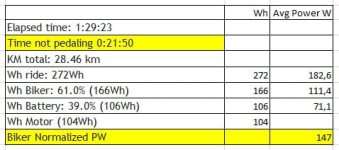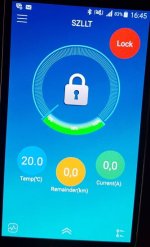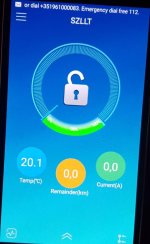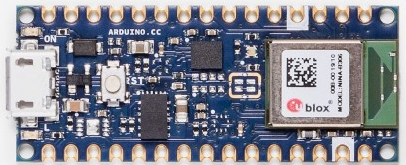I want to understand the efficiency trade-offs between 36V and 48V motor. I was trying to wrap my head around this subject and researched a bit so below are all my calculations, please let me know if something is incorrect!
Is it so that both motors have 4000 rpm unloaded motor speed or is it slighly different to that? If it'd be the 4000 rpm, the motors would have
Kv factors of:
36V: 4000 rpm / 36 V =
111.11...
48V: 4000 rpm / 48 V =
83.333...
Does anyone have info of the actual Kv factors of the motors? Are the calculations even done with the nominal voltage or should max charge pack voltage be used instead?
With the above values, motor rpm at (nominal voltages) would be
36V motor max rpm:
36V battery =
4000 rpm
48V battery = 4000 rpm + (48V - 36V) * 111.11... =
~5300 rpm
52V battery = 4000 rpm + (52V - 36V) * 111.11... =
~5700 rpm
48V motor max rpm:
48V battery =
4000 rpm
52V battery = 4000 rpm + (52V - 48V) * 83.333... =
4300 rpm
I read from earlier in this thread that the gear reduction ratio is 41.4, so with those values cadence would be
36V motor max cadence:
36V battery = 4000 rpm / 41.8 =
~96
48V battery = 5300 rpm / 41.8 =
~128
52V battery = 5700 rpm / 41.8 =
~138
48V motor max cadence:
48V battery = 4000 rpm / 41.8 =
~96
52V battery = 4300 rpm / 41.8 =
~104
The efficiency vs rpm curve for DC motors in general should look something like this:
https://imgur.com/a/QzmV9V0
I'm interested in what cadence would you get for those >60% efficiency range limits. It seems that around 60% rotational speed you get around 60% efficiency and after ~90% of max motor rotational speed the efficiency plummets fast and around 95% motor speed you get to around 60% efficiency. These values of course would be slightly different on TSDZ2, but I guess those could be good estimates.
Based on earlier calculations, the cadence range (60% to 95% motor speed) where you achieve >60% efficiency would be following:
36V motor >60% efficiency cadence range:
36V battery (max cadence ~96) = 96*0.6 to 96 * 0.95 =
~57 to ~91
48V battery (max cadence ~128) = 128*0.6 to 128 * 0.95 =
~77 to ~121
52V battery (max cadence ~138) = 138*0.6 to 138 * 0.95 =
~83 to ~131
48V motor >60% efficiency cadence range:
48V battery (max cadence ~97) =97*0.6 to 97 * 0.95 =
~57 to ~91
52V battery (max cadence ~104) = 104*0.6 to 104 * 0.95 =
~62 to ~98
It would be fun to know the actual efficiency curve of TSDZ2 so you could optimize the cadence to match the peak efficiency. For example it does seem like the 48V motor with 52V battery reaches the peak efficiency at cadence close to 90, while with 48V battery it could be closer to 80 (depending on the SoC of the pack of course).
Do these assumptions and calculations make sense and does the motor behavior match these numbers in practice? If the Kv factor should be calculated with max charge pack voltage, the 36V motor would start to look better, but with these calculations it would seem that 36V motor is quite inefficient at lower cadences with higher voltage batteries, but does have high efficiency even in the very high cadence range. I guess the cadence range is pushed towards even more inefficiency when 52V battery pack has max charge of 58.8V. On the other hand, at the lower half of SoC, the 36V motor with 52V battery does seem to move towards a very good range of cadence for high efficiency.
Now with the field weakening it seems that 48V motor with either battery offers the benefit of higher inherent torque as well as a really good efficient range of cadence, while also getting high enough power output in the bursts of very high cadences. I'm starting to second guess my choice of motors now

Either way, it seems that 36V doesn't need to utilize field weakening, but the 48V motor version gains a huge benefit for ease of use. I'm getting excited to test these things in practice when I get all the installation supplies from the postal office!
Edit: Changed gear ratio to 41.8, which affected some cadence calculations by 1-2 rpm













